Google Analytics Tips + Best Practices Pt 1: Configuration

Share
What can’t be measured can’t be managed. Now, you don't need to be a data scientist to make decisions based on your users’ activity, but it’s crucial that your configuration is top-notch. As they say, garbage in, garbage out. Google Analytics provides an easy-to-use platform that’s able to go very granular with the data we need to collect. In this series, I will discuss how to configure Google Analytics, how to make sure the data you receive is actionable, and some common misconceptions about the platform.
Set up 3 default views
To protect yourself from potential data loss from a misconfiguration, maintain a “Raw Data” view of unfiltered data as a baseline, a “Master View” for all your reporting, and a “Test View” to try out new filters and configurations without compromising the integrity of your vital data.
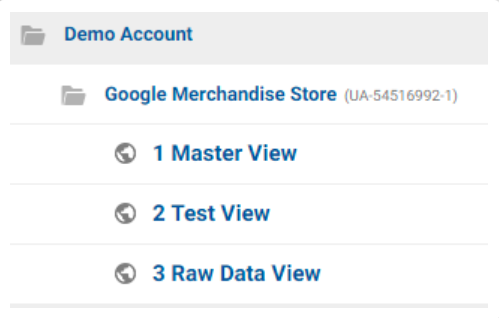
Use Filters to normalize your data
Google Analytics does not understand that yoursite.com/contactus and yoursite.com/CONTACTUS are the same page. Filters will normalize your data. These can be setup on an account level and be applied to every view, saving you hours re-creating filters from view to view. [Reference]
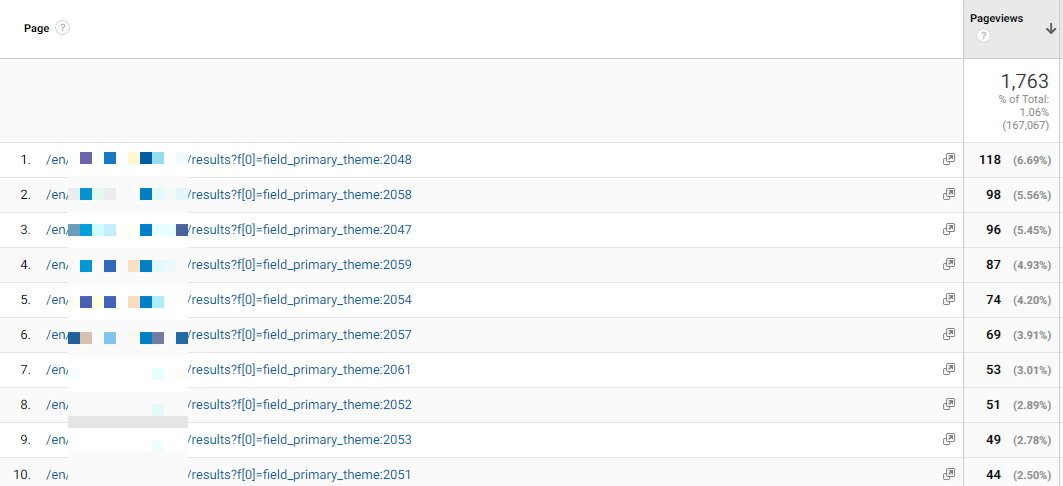

Use Goals to manage campaigns
Your annual fundraising campaign got 150,000 sessions – 25% more than last year. But, did as many people donate? Did you raise more money? How much money did you spend on each campaign? Sessions only demonstrate traffic to your site, but not user intent once they’ve reached it. Goals in GA help measure campaign success. You can either create them yourself or import them from the Solutions Gallery. Once you have a list of Goals you like, share them with your other property/views.
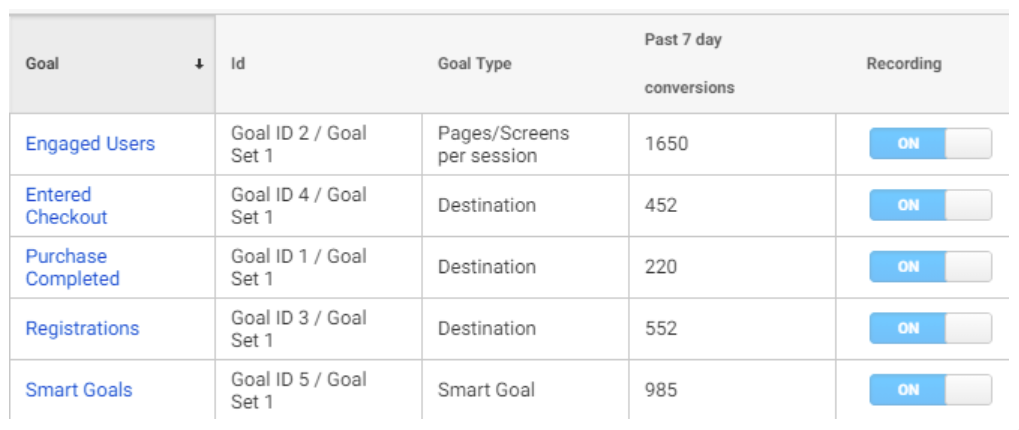
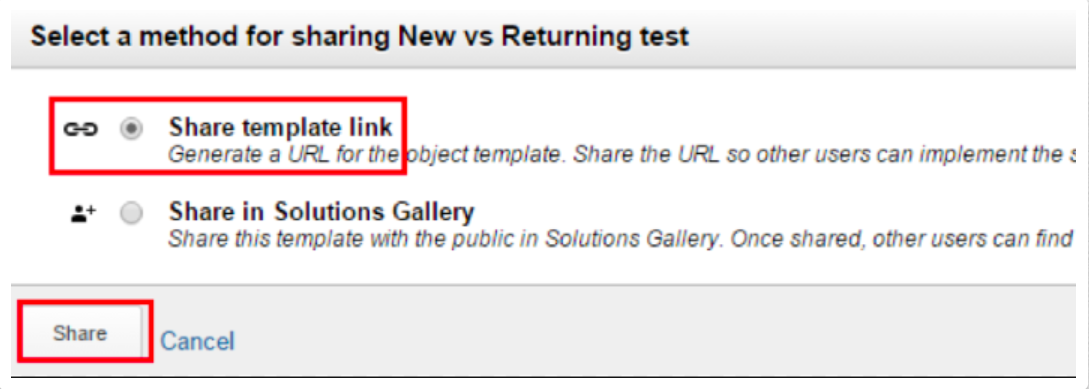
Filter out bots in your views
When creating new Views, ensure to check the “Block known bots” to instantly remove between 70-80% of fake traffic that could potentially come to your site. Do not turn this on in your Raw View. [Reference.]

Trigger instant notifications with custom alerts
Don’t wait a month to get your report. Create a custom alert within Google Analytics to instantly get a notification when something happens. Not sure what to create? Here are 55 to get you started.
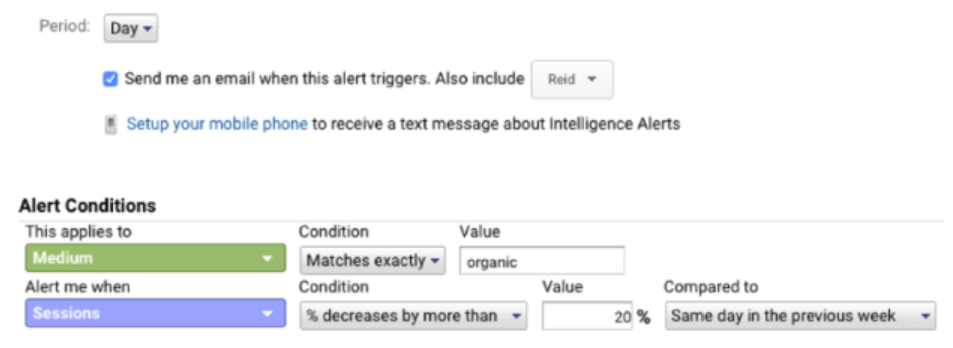
Track your site’s search feature
Enable site search for each View to get the most reliable data when it comes to user intent. [Reference]
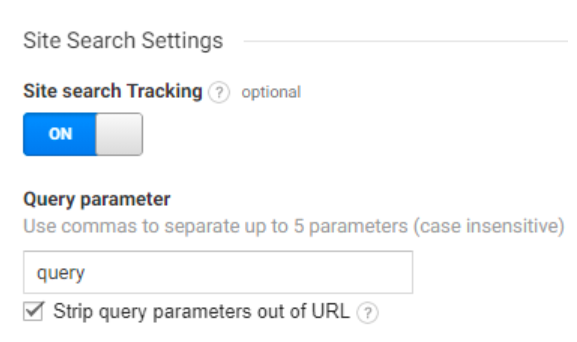
Apply secondary dimensions to reports to dig deeper
Dimensions are qualitative attributes about your data. Think of them as categories that identify a user, such as the type of device someone is using when they visit your site. In addition to looking at the source/medium of your traffic, you can, for example, also add the device they used to compare their relative performance. [Reference.]
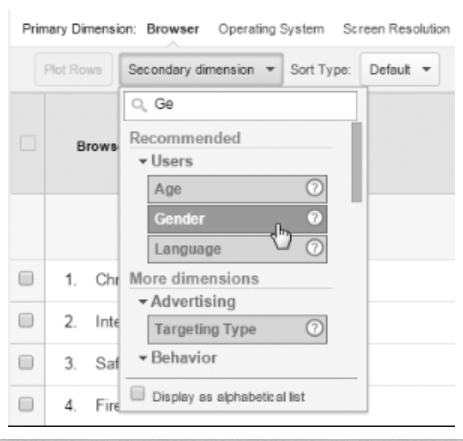
Enable Search Console for SEO insights
Explicitly connect Search Console (previously Webmaster Tools) to Google Analytics to understand Organic Search performance, improve SEO, and identify broken links. [Reference.]
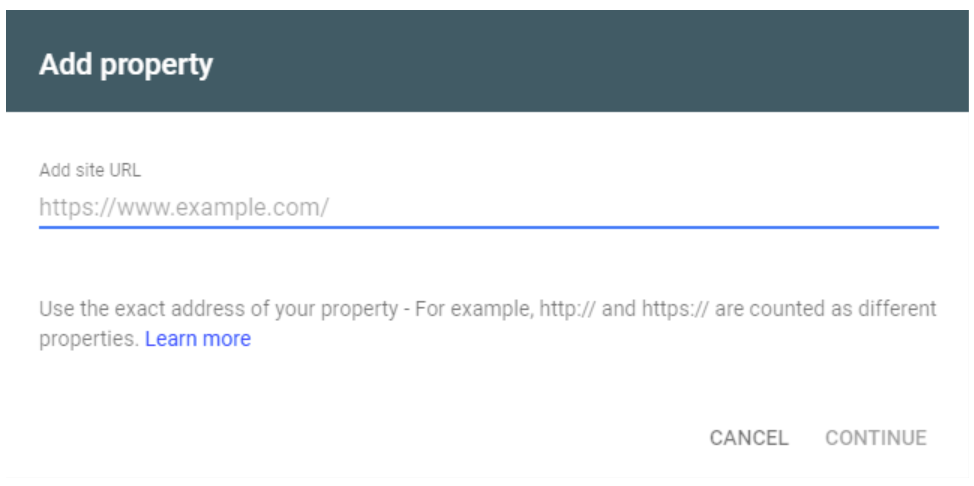

Use existing solutions from the community
Google has its own Solutions Gallery to help the community share what they have created with others. This includes free templates for Dashboards, Custom Reports, Segments, Goals and much more.
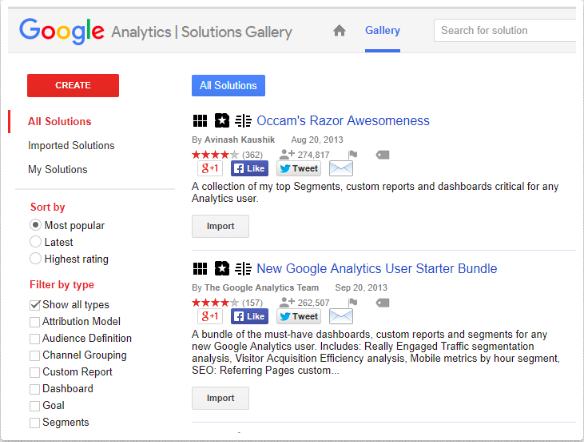
Leverage Regular Expressions to ask the right question
Regular Expressions (otherwise referred to as “regex”) can help you narrow in on parameters like date ranges, or other variables such as page contents. Apply them to create more specific Goals, Filters and search parameters.
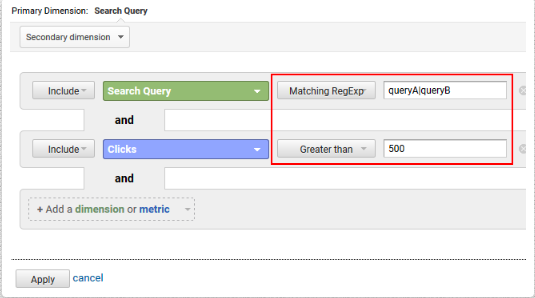
And that's it! I hope you find these tips helpful. Coming soon: part 2 of this series: Google Analytics Tips + Best Practices: Quality Assurance & Data Integrity. Stay tuned.





